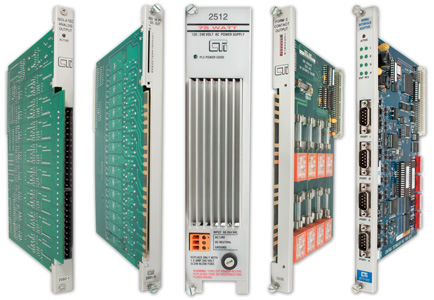Unlock the Secrets: Discover the Best Variable Frequency Drives That Will Transform Your Projects!
In the ever-evolving landscape of industrial applications, variable frequency drives (VFDs) have emerged as a cornerstone technology, revolutionizing the way we control motor-driven equipment. These devices allow for precise control over motor speeds, enhancing efficiency and reducing energy consumption. The purpose of this article is to guide you through the maze of options available in the VFD market, helping you to find and compare various brands and models that will best meet your project needs. Whether you are an engineer seeking to optimize a production line or a hobbyist looking to control a motor for a DIY project, understanding VFDs will empower you to make informed decisions.

Understanding Variable Frequency Drives
Variable frequency drives are electronic devices that control the speed and torque of electric motors by varying the frequency and voltage of the power supplied to the motor. At their core, VFDs convert fixed frequency AC power from the grid into a variable frequency output that can be adjusted according to specific operational needs. This capability not only allows for greater precision in motor control but also leads to significant energy savings, especially in applications where motors operate at varying loads. For instance, a friend of mine implemented a VFD in his HVAC system and reported a noticeable drop in energy costs during peak usage times. The benefits of VFDs extend beyond energy savings; they also minimize wear and tear on motors, reduce maintenance costs, and improve process control—all of which are crucial for enhancing overall operational efficiency in industrial settings.
Key Features to Consider When Choosing a VFD
When selecting a variable frequency drive, there are several essential features that you should consider. First and foremost is the power rating, which must match the motor's requirements to ensure optimal performance. Next, the control methods offered by the VFD—such as scalar control, vector control, or direct torque control—will influence the precision of speed and torque management. Communication options are also vital; a good VFD should support various protocols for easy integration into existing control systems. Finally, pay attention to environmental ratings, especially if the VFD will be used in harsh conditions, such as high humidity or extreme temperatures. Each of these factors plays a significant role in determining the performance and suitability of a VFD for your specific project, so take the time to evaluate them carefully.
Comparing Different Types of Variable Frequency Drives
Variable frequency drives can be categorized mainly into three types: AC drives, DC drives, and servo drives. AC drives are the most common and are typically used in applications involving induction motors. They excel in providing variable speed control, making them ideal for fans, pumps, and conveyors. On the other hand, DC drives are often employed in applications that require precise speed control and high torque at low speeds, such as in metal processing or traction applications. Servo drives, however, are specialized VFDs that work with servo motors, providing high precision and fast response times, making them perfect for robotics or CNC machinery. Each type has its strengths and weaknesses, so understanding your specific application will help you choose the most suitable drive.
Top Brands and Models of Variable Frequency Drives: A General Overview
While it's essential to consider brand reputation when selecting a variable frequency drive, it is equally important to focus on performance and reliability. Various manufacturers are known for their commitment to innovation and quality, producing VFDs that are well-regarded in the industry. Users often cite their ease of integration and user-friendly interfaces as significant advantages. Moreover, many brands offer a range of models tailored to different applications, ensuring that you can find a drive that fits your requirements. Based on user feedback, some brands consistently perform well in terms of durability and efficiency, which can be critical factors in ensuring long-term success for your projects.
Final Thoughts on Selecting Variable Frequency Drives
In summary, selecting the right variable frequency drive is crucial for the success of any project that involves motor control. By understanding the workings of VFDs, considering the key features that impact their performance, and comparing the different types available, you'll be well-equipped to make an informed choice. Remember, the best VFD for your needs will depend on your specific application and operational requirements. Take the time to evaluate your options thoroughly, and you'll find a drive that not only meets but exceeds your project expectations.








